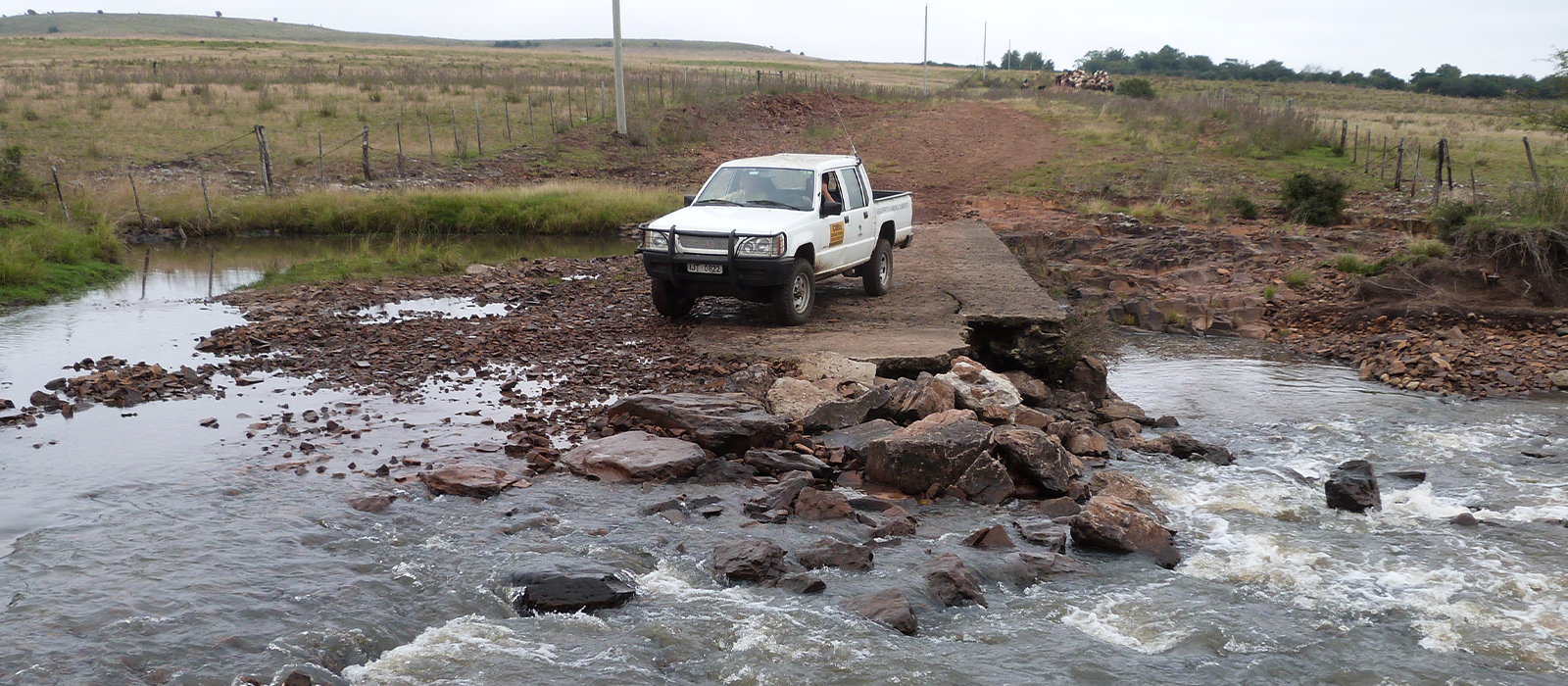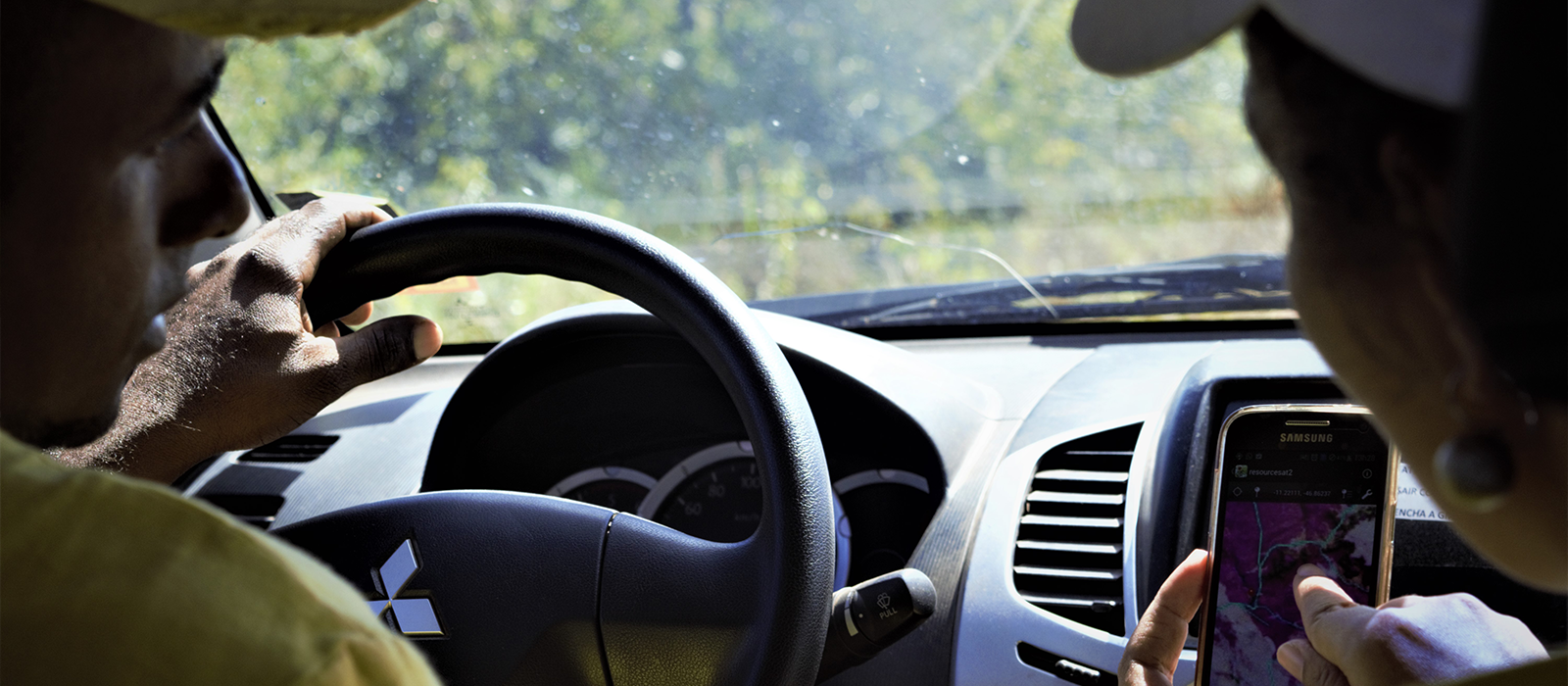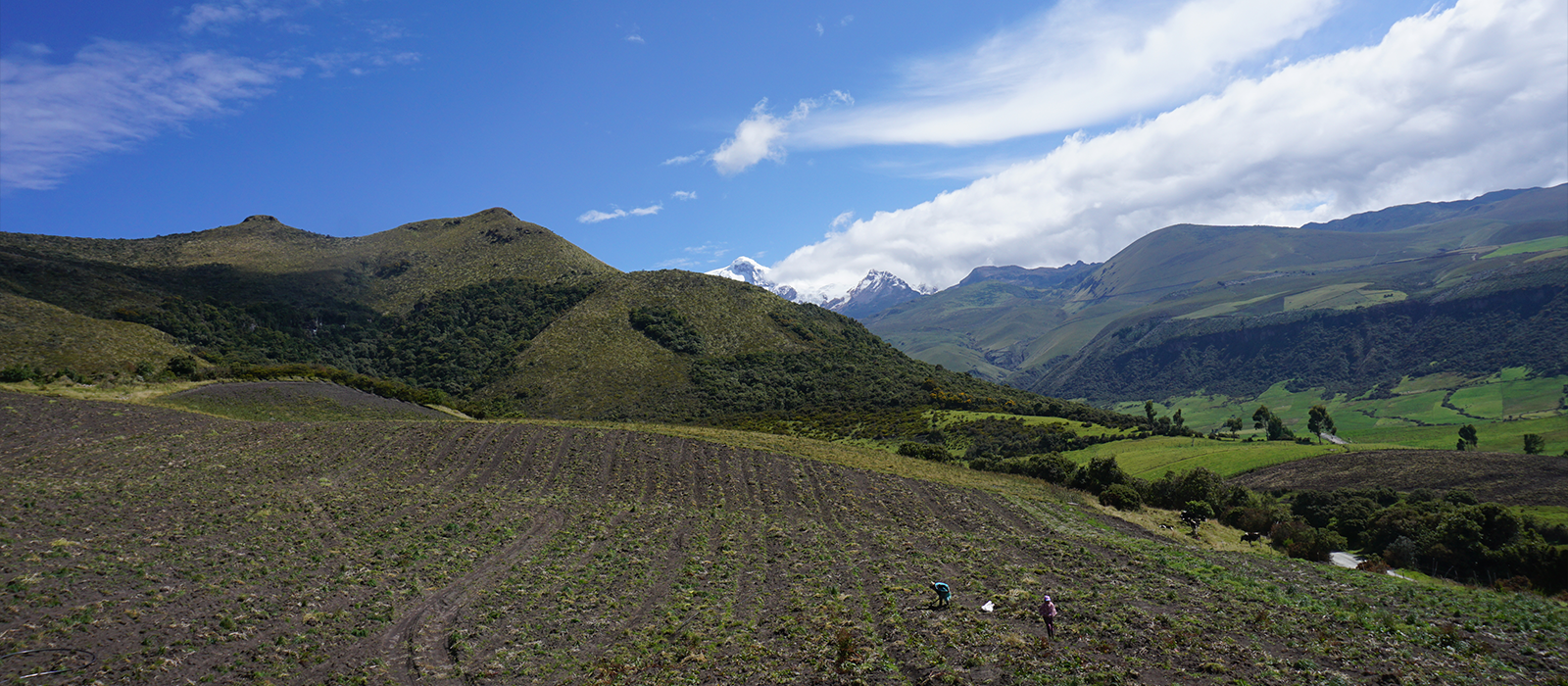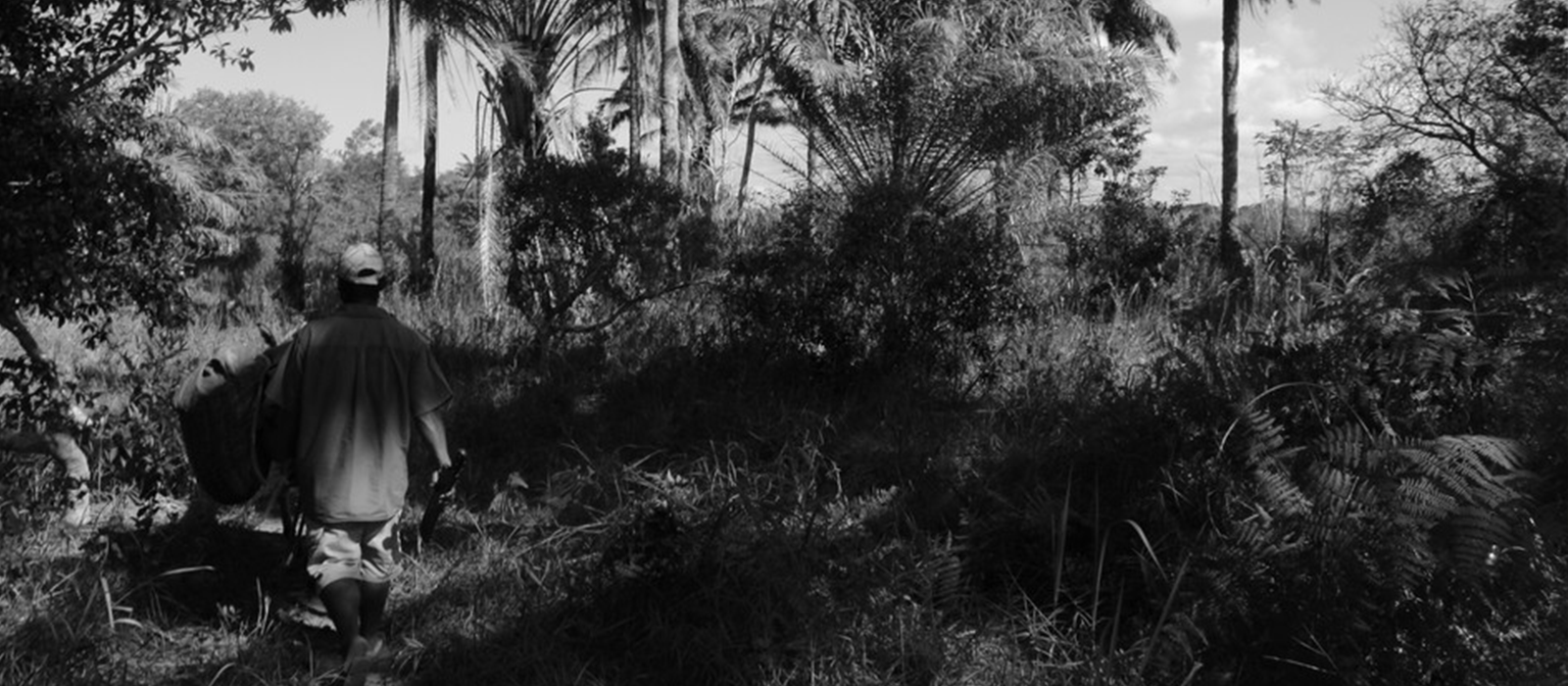Spatial processes and ecological compatibilization
The spatial dimension of technical activities and vital processes has emerged in contemporary ethnographies through variations in relation to the landscape, the environment and the territory. Reinvigorated by the experience of dwelling, the dynamics of living beings and technical mediations, the theme of space can provide other empirical scales for anthropology, including methodological approximations between ethnography and geography. This session explores the processual aspect of space as a form of renewing approaches to management, administration and other situations of ecological compatibilization.
Viviane Vedana (UFSC)
Coordinator
Henyo Barreto (UnB)
Discussant

The life of rural corridors: elements for a vernacular hodology of South Brazilian ranching
This paper proposes a hodological approach to the pastoral landscape of Southern Brazil, focusing on the life and usages of rural roads. By hodology (from the greek odos, way), I mean the study of paths and ways that make up a territorial dominion, such as defined by cultural geographers and landscape anthropologists of phenomenological inspiration. In this sense, this paper follows my previous discussion on the architecture of domestication of the pampean livestock culture, but shifts its attention from alambrados to corredores, i.e., from the wood-and-wire fences that crisscross the prairie, to the dirt and back roads that run between them – along and within the rural proprieties. Drawing on a short ethnographic story, the paper addresses the following topics: the connections among more-than-human mobilities, toponymy and vernacular topologies of the pastoral landscape in Southern Brazil and the Plata Basin; the production of kinship and vicinity as an effect of sharing the same pathways over multiple generations; hodology as a theoretical and methodological alternative to static and objectivist apprehension of landscapes and the millieu. Beyond its primarily phenomenological orientation, I conclude the paper by exploring some tensions and social inequalities linked to the dichotomy pasture (campo)/road (corredor) in local imaginaries and practices.

Digital Fuel: Transduction and spatiality of fire in the Cerrado
A derivation of the anthropology of technique less explored currently – when compared to the theme of gestures and technical choices, for example – consists on the technogenesis of space. In some measure due to criticism from the phenomenological perspective (Ingold, 2015), the anthropologists’ attention to the phenomenotechnique (Bachelard, 2005) character of geographical space is not yet expressive – that is say, as “an inseparable set of systems of objects and systems of actions” (Santos, 2009). This presentation will seek to provide an ethnographic contribution to this interdisciplinary debate, based on my research on the uses and perceptions of fire in protected areas of the Cerrado, the Brazilian savanna (Fagundes, 2019). In this context, the concept of digital fuel reports to the dry grass when captured by satellite sensors. The conversion of this vegetation in digital images-maps guides firefighting actions and the implementation of preventive burning by environmental managers and firefighters. By changing the scale and resolution of vegetation that can be burned, making it possible to “see the raw (grass) without knowing the area”, these digital fuel maps also became a pragmatic communication channel (Almeida, 2013) between the pastoral, venatory and conservationist engagements with fire in the Cerrado. This presentation will thus seek to portray this digitalization of fuel vegetation as a transductive operation (Helmreich, 2009; Simondon, 2005), that is, a process of converting variations in different media. In this case, the conversion of plant life forms into a spectral signature and then the latter into shades of pixels that make up images-maps. The sensors, supports, procedures and propitiation of the fuel maps in action will then be addressed, particularly when viewed in the field through cell phones. My goal is to demonstrate how, by changing the affordances (Gibson, 1986) of vegetation and the ability to act with fire, this transductive chain also institutes a new geographical space.

Inhabiting the páramo: territorial ontogenesis in unstable landscapes
Since 2015, a Life Plan has been developed in some communities of Andean highlands FROM Ecuador. Such has consisted of a design of land use planning based, on the one hand, on the Kayambi worldview and, on the other, on technical contributions (on topography, soil types, agronomy and geographic information systems), through the participation of peasants, the decentralized autonomous government of the town of Cayambe and also the Salesian Polytechnic University. Starting from an ethnographic account, this work proposes to reflect on the technical processes developed among the inhabitants of the Andean páramo. Such are based on spatial configuration dynamics within the Life Plan. First, some criticisms of the objectivist notions of space (in geography and anthropology) are discussed, in particular, coming from the notion of territoriality and geographic possibilism. Then, it is shown how such approaches are insufficient to account for territorial configurations beyond the human (considering the incidence of artifacts, and animals, among other supernatural entities typical of the Andean páramo). Finally, based on a theoretical-methodological interface, we propose an articulation of the Ingoldian notion of inhabiting or dwelling, the temporality of the landscape, and the notion of social representation (sensu Lemonnier) – as a way of shedding light on the emergence of life and technique reflected in the Andean territory (beyond a culturalist approach). We argue that, if inhabiting depends on perception, and if perception goes beyond the boundaries of the person-organism, then dwelling the environment involves a territorial ontogenesis of an analogical nature between the peasants and the páramo.

Between woods, sticks and seedlings: the art of revitalizing multispecific landscapes among the Pataxó, in southern Bahia
This communication deals with the composition between human and non-human practices in weaving multispecific landscapes in the territory of the Pataxó indigenous people, in Monte Pascoal. It is also a compliment to the Amerindian poetics of revitalizing and reviving landscapes ruined and devastated by centuries of land encircling and implantation of contemporary plantations in the Atlantic Forest region. Walking along the trails of the Pataxó territory and attentive to the coordinated rhythms of intra-actions between different lives, I was able to describe the techno-spheres that intertwine the ways of inhabiting the land of the Pataxó and its intertwining with the performance of plants, animals, land, enchanted beings, farmers, forest engineers and park inspectors. I will address a critical ethnographic description about the techniques of making people live and grow present in the relational models of these people in experiences of opening places, reclaim lands and resurrecting forests, in a reflection on the ruptures with dualism between exotic and native / nature and culture, bringing the ontogenetic and ontological processes of building difference in the world. I argue that the Pataxó have been continuously weaving and remaking their technospheres of landscape disturbance / resurgence in conjunction with other forms of life, having as premises what Anna Tsing calls a resurgent or “holocenic” model in the relationship between people and the environment.
